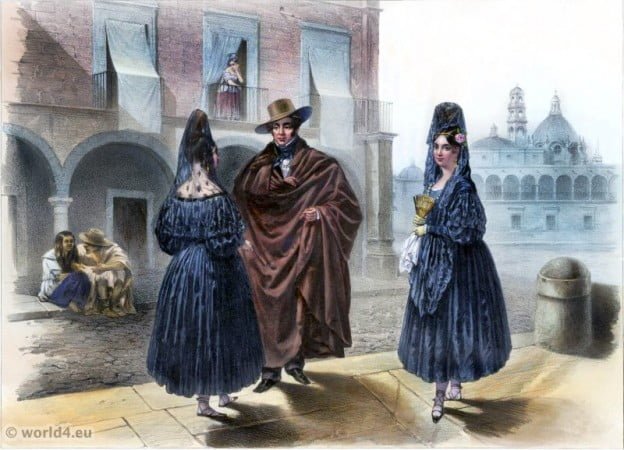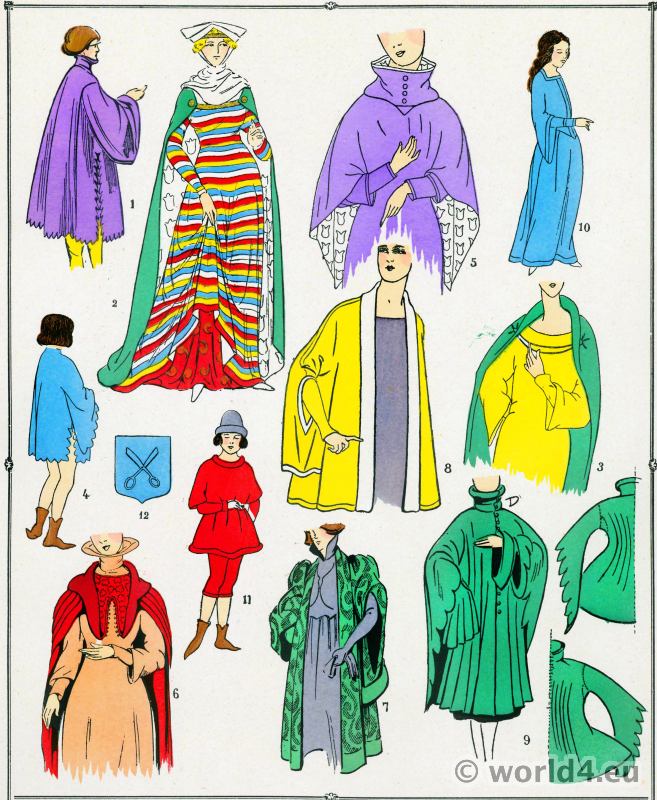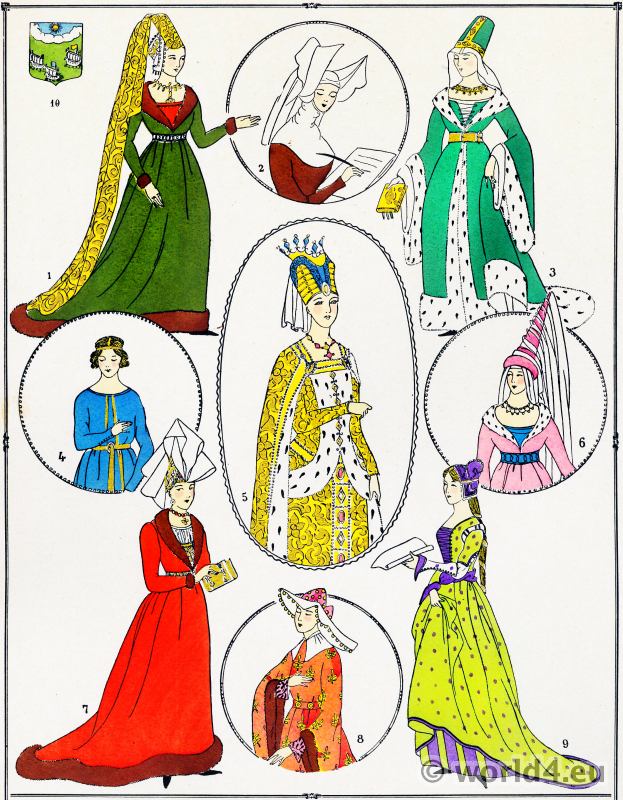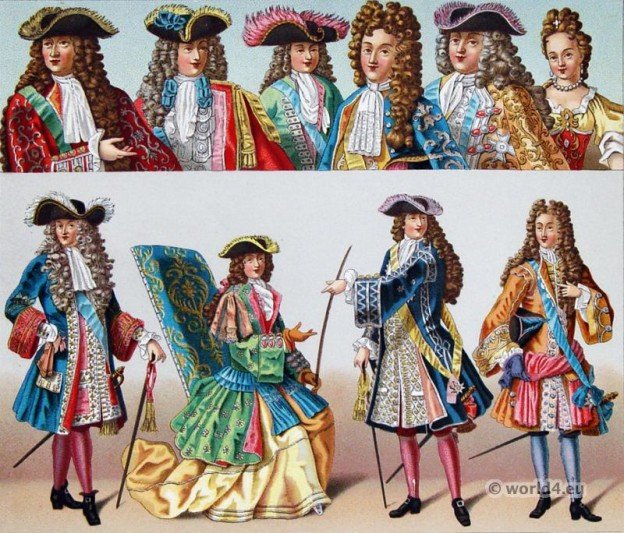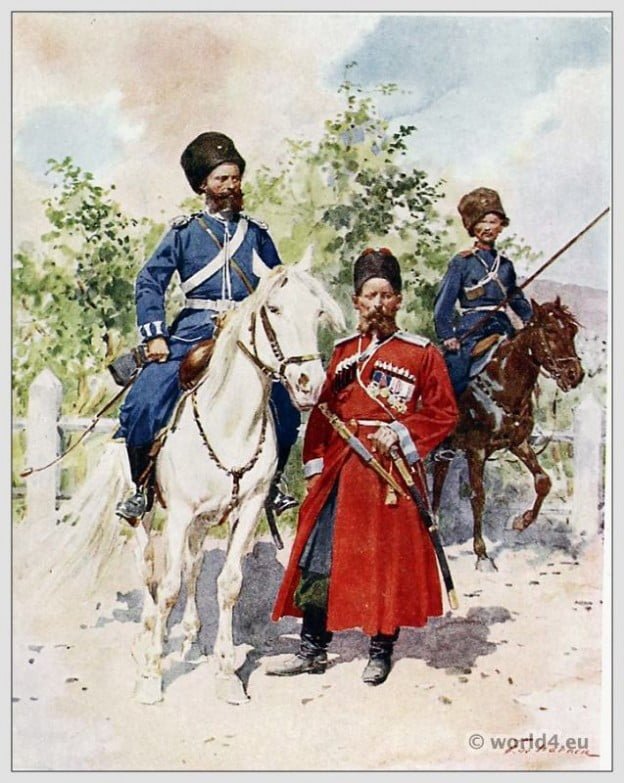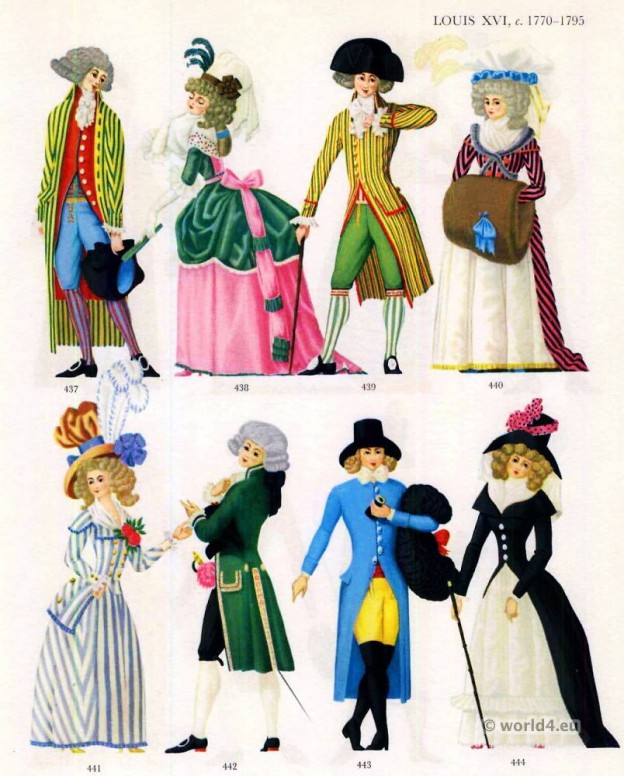Les modes du Moyen Age, de l’an 1037 à l’an 1461. Grand hennin, escoffion, chaperon, Laure de Noves, Marguerite de Provence, Marguerite de Beaujeu
La Mantilla. Mexican morning suit. A light lady’s coat.
The Mantilla was first a veil worn by Spanish women from the Middle Ages onwards, which covered the head and neck up to the shoulders.
Manteaux. Les modes du Moyen Age. Costume féminin français.
L’histoire du costume féminin français. Les modes du Moyen Age, de l’an 1037 à l’an 1461. Manteaux. Vêtue d’un bliaut, Houppelande, Robe riche bourgeoise, Mantelet genre Gonnelle, Déshabillé, Bannière des Couturières.
Robes. Les modes du Moyen Age. Costume féminin français.
L’histoire du costume féminin français. Les modes du Moyen Age, de l’an 1037 à l’an 1461. Robes. Cotte hardie, Houppelande avec chaperon, Femme élégante sous Charles VIII, Pelicon, Renaud de Saint Vincent,
Elegance. Fashion in the Middle Ages. French women’s costumes.
The Elegance of French women’s costumes. Fashion in the Middle Ages, from 1037 to 1461.
Las Tortilleras. Costumes from the villages in the south of Puebla, Mexico.
Mexican woman cooking Tortillas. The costumes that we see here come from the villages that are located in the south of Puebla de los Angeles. Carl Nebel 1836.
The characteristic features of the costume during the reign of Louis XIV.
The characteristic features of the French clothing from the last decades of the 17th century laid the foundation for the modern costume.
Assassination scene of King Louis XV.
Assassination scene of King Louis XV at January 5, 1757. by Robert-François Damiens.
Cossacks of the Guard and Imperial Bodyguard.
Tsar Peter I created in 1690, the Imperial Guard, which should first ensure bodyguard as his personal protection.
Louis XVI, fashion c. 1770-1795.
Fashion of the Rococo. Time of Louis XVI and Marie Antoinette.


